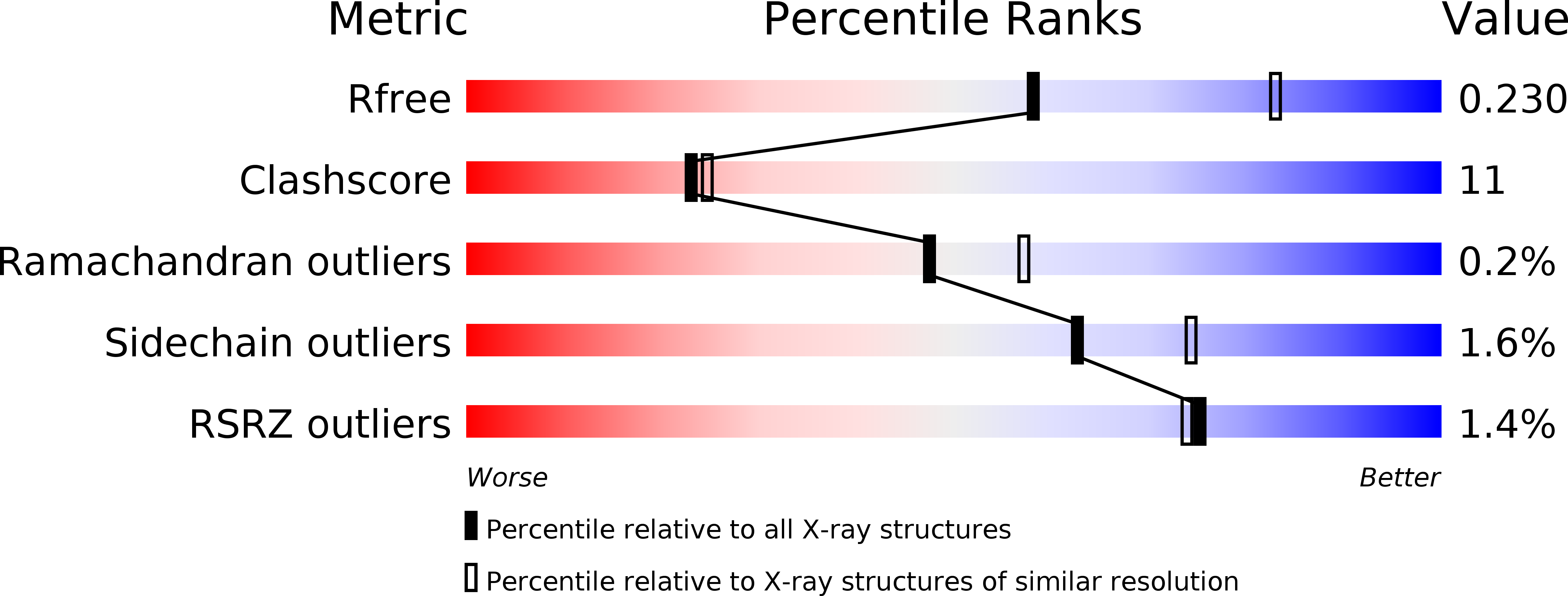
Deposition Date
2020-02-21
Release Date
2020-04-08
Last Version Date
2023-10-11
Entry Detail
PDB ID:
6VXE
Keywords:
Title:
Crystal structure of hydroxyproline dehydratase (HypD) from Clostridioides difficile with substrate trans-4-hydroxy-L-proline bound
Biological Source:
Source Organism:
Clostridioides difficile 70-100-2010 (Taxon ID: 1002369)
Host Organism:
Method Details:
Experimental Method:
Resolution:
2.46 Å
R-Value Free:
0.22
R-Value Work:
0.19
R-Value Observed:
0.19
Space Group:
P 1 21 1


